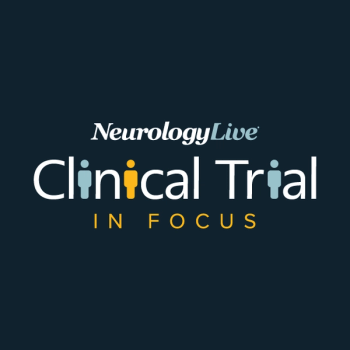
Alon Ironi: Introducing Nerivio Migra in Migraine Care
After its recent FDA clearance, the smartphone-controlled Nerivio Migra makes its entrance into the market in the fall. Theranica’s CEO and co-founder spoke to its clinical efficacy and advantages for patients and physicians.
“The mechanism of action is actually quite unique, it’s called conditioned pain modulation. The device is actually triggering an endogenous mechanism in the brain stem which initiates a descending mechanism pathway. The result is the release of certain pain-inhibiting neurotransmitters, globally, and so the impact is quite rapid and strong.”
In May, the FDA granted De Novo clearance to Theranica’s Nerivio Migra, a smartphone-controlled electroceutical device that uses non-invasive neuromodulation for the acute treatment of migraine with or without aura in adults who do not have chronic migraine.1
To find out more about the device’s commercial roll out in the United States this fall and about the advantages it offers patients and physicians, NeurologyLive® spoke with Alon Ironi, CEO and co-founder, Theranica, on-site at the
During its development, it was assessed in TCH-003, a prospective, randomized, double-blind, sham-controlled, and multi-center study of 252 patients who met the International Classification of Headache Disorders, Third Edition (ICHD-3) criteria for migraine with or without aura. They were randomized 1:1 to either the Nerivio Migra non-invasive neuromodulation device or placebo.
Led by
For more coverage of AHS 2019,
REFERENCES
1. FDA Grants Theranica De Novo to Market First Smartphone-controlled Acute Migraine-relief Wearable Device [press release]. Netanya, Israel: Theranica; May 28, 2019. prnewswire.com/news-releases/fda-grants-theranica-de-novo-to-market-first-smartphone-controlled--acute-migraine-relief-wearable-device-300857281.html. Accessed July 31, 2019.
2. Theranica Announces Results from Pivotal Study of Device for Treating Acute Migraine [press release]. Scottsdale, Arizona: Theranica Bio-Electronics; November 15, 2018. prnewswire.com/news-releases/theranica-announces-results-from-pivotal-study-of-device-for-treating-acute-migraine-832012898.html. Accessed July 31, 2019.
Newsletter
Keep your finger on the pulse of neurology—subscribe to NeurologyLive for expert interviews, new data, and breakthrough treatment updates.































